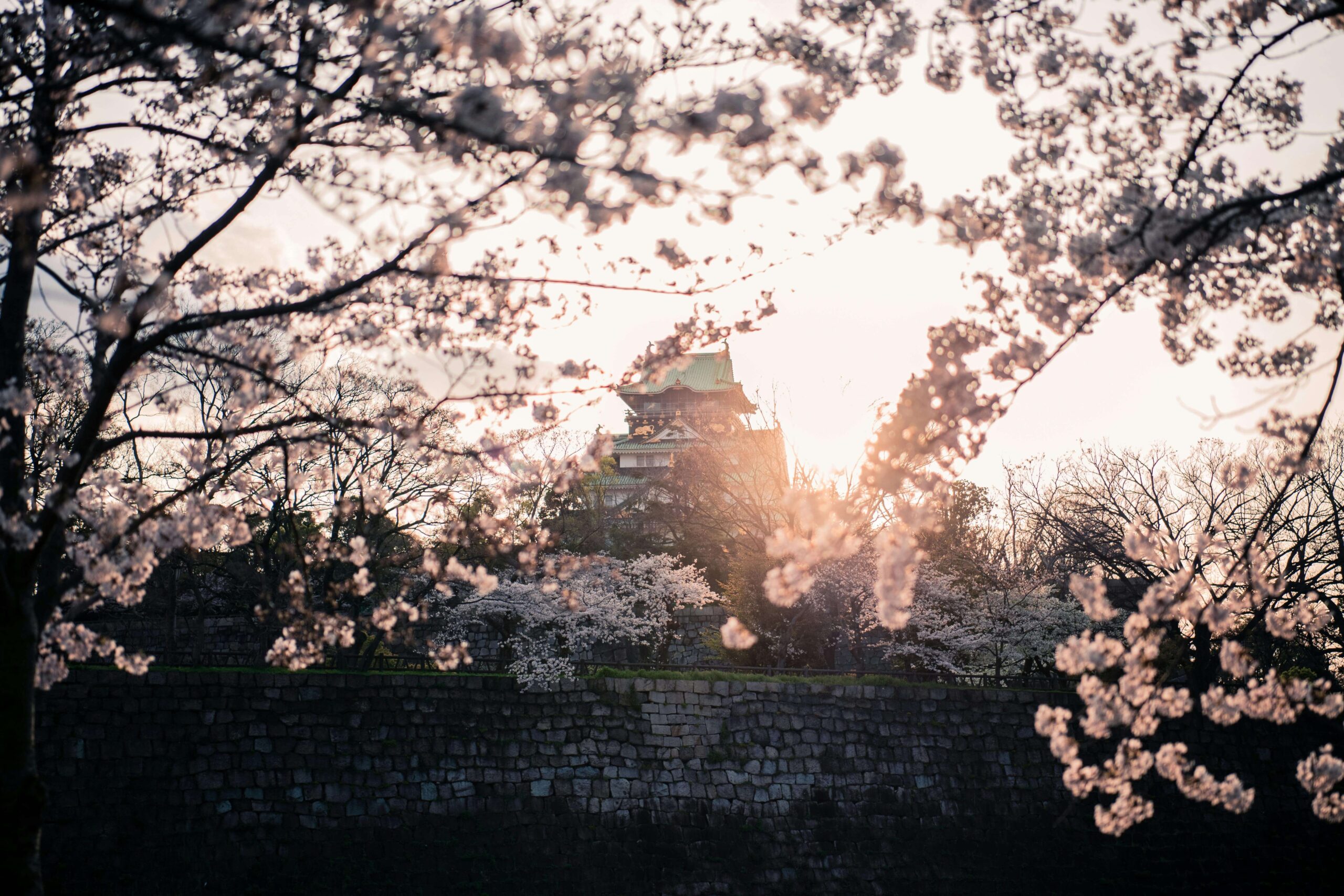
When it comes to fashion, the sports jacket is a true chameleon. A versatile, stylish, and functional piece of clothing, it has been a mainstay in men’s wardrobes for decades—and for good reason. Whether you’re heading to a business meeting, a weekend brunch, or a casual evening out, a sports jacket can easily be dressed up or down to suit the occasion. But the sport jacket’s timeless appeal is more than just its ability to adapt. It is the way it creates a timeless piece of clothing that strikes the ideal balance between fashion and functionality by fusing the ease and comfort of casual wear with the formality of a sport jacket.
We will go into great detail about the sport jacket’s origins, distinguishing characteristics, and current fashion trends in this post. Whether you’re new to the concept of the sport jacket or you’re looking to refresh your understanding, read on to discover everything you need to know about this essential wardrobe piece.
What is a Sports Jacket?
A sport jacket is a type of men’s jacket that is often confused with a blazer or suit jacket but has several key differences. Despite having characteristics in common with these other jacket designs, the sport jacket is distinguished by its rugged beginnings and casual flair. Sports jackets were originally made for outdoor pursuits like shooting, hunting, and horseback riding, and men required jackets that were both comfortable and long-lasting. Over time, the sport jacket evolved into a more versatile piece suitable for both leisure and semi-formal occasions.
Sport jackets are typically made from a variety of fabrics, including wool, tweed, cotton, linen, and blends, each offering different textures and weights. Unlike a suit jacket, which is generally made from the same fabric and pattern as the pants, the sport jacket can be paired with different colored trousers, making it more versatile and appropriate for a range of settings.
The History of the Sports Jacket
Originating in Europe, specifically the United Kingdom, the sport jacket dates back to the late 19th century. At first, the upper class wore it as a fashionable and useful substitute for the bulkier coats of the day, particularly for outdoor activities. During the 1800s, aristocrats and gentlemen who participated in activities like fox hunting, shooting, and fishing needed a jacket that was functional yet sophisticated.
The tweed sports jacket became a popular option, with its rough texture and durable fabric being perfect for the rigours of outdoor activities. By the early 20th century, the sport jacket transitioned from purely functional attire to a more refined and fashionable garment worn in more social settings, even in urban environments. In the 1920s and 1930s, the sport jacket became a fixture in the wardrobes of wealthy American men, who embraced it for both leisure and semi-formal events.
During the post-World War II era, sport jackets began to gain widespread popularity across different social classes. The rise of more relaxed, “Ivy League” style fashion in the 1950s saw a resurgence of the sport jacket as it became a symbol of casual sophistication. This continued through the decades, and the sport jacket remains a mainstay in both men’s and women’s fashion today.
Key Features of a Sport Jacket
- Fabric Variety
One of the defining characteristics of the sports jacket is its wide variety of fabric choices. Unlike suit jackets, which are typically made of smooth wool or silk, sports jackets come in many textures and materials that add a unique character to each piece. Some common fabrics include:
- Wool: A classic choice for all seasons, wool is durable, breathable, and can be lightweight or heavier for colder climates.
- Tweed: Made from wool, tweed is perhaps the most iconic sport jacket fabric. Known for its rough, textured finish, tweed provides warmth and is perfect for cooler weather.
- Cotton: A lightweight and breathable fabric, cotton sport jackets are ideal for warm weather. They also tend to look more relaxed than their wool counterparts.
- Linen: Known for its airy and excellent qualities, linen is a great option for the summer months. It’s prone to wrinkling, but its natural, relaxed aesthetic is perfect for informal settings.
- Corduroy: A fabric with a ribbed texture, corduroy jackets offer a casual yet distinctive look, ideal for autumn or winter wear.
- Flannel: Flannel sports jackets, typically made from wool, provide a soft, cosy texture while still maintaining a refined appearance.
- Cut and Fit
Compared to a suit jacket, sport jackets typically fit a little looser, allowing for greater mobility without sacrificing a fitted look. A sport jacket’s fit can vary from traditional to slim to contemporary, based on the wearer’s preferences.
- Classic Fit: This style tends to offer a more conventional look and feel, with more room in the waist and chest.
- Slim Fit: A more contemporary cut, the slim fit sport jacket offers a sleeker silhouette that’s closer to the body without being tight.
- Modern Fit: A hybrid between the classic and slim fits, the modern fit offers a bit more structure than the classic fit but without the extreme narrowness of a slim fit.
When choosing a sport jacket, it’s important to focus on shoulder fit and the overall proportions of the jacket to ensure that it flatters your body type.
How to Wear a Sport Jacket: Tips and Tricks
- Choose the Right Jacket for the Occasion
The fabric of your sport jacket is one of the first things to consider when dressing for an event. Lighter fabrics like linen or cotton are ideal for warm weather and informal occasions, while heavier materials like tweed or wool are better suited for cooler months or semi-formal events.
- Pairing with Trousers
While you can wear a sports jacket with matching trousers, it’s more common to pair it with contrasting pants. Chinos,corduroys, or even dark jeans work well with sports jackets. The key is to ensure that the overall color and texture balance each other out. For example, a navy sports jacket can look great with beige chinos, while a brown tweed jacket might go well with dark denim.
- Fit is Key
A well-fitting sports jacket is essential for looking sharp. Ensure that the shoulder seams sit correctly at the edge of your shoulders and that the jacket’s waist is fitted but not too tight. Pay attention to sleeve length too—your sleeves should end just at the wrist bone, showing a bit of your shirt cuff.
- Accessorize
The right accessories can elevate your sport jacket. Consider adding a pocket square, leather belt, and stylish watch to add polish. A scarf or hat can also be great additions, especially in colder months. Click here for more info
Conclusion
In the modern fashion landscape, the sport jacket has transcended its original role as a piece of functional outdoor attire and has become a staple in men’s wardrobes for various occasions. Whether you’re attending a wedding, going out for dinner, or just looking to add some polish to a casual look, a well-chosen sport jacket can work wonders.
Adding a sport jacket to your wardrobe is an investment in both fashion and functionality. Its timeless appeal, rich history, and ability to be dressed up or down make it a wardrobe essential that will never go out of style. If you do not already have one, this could be the ideal time to add this adaptable item to your collection.
In conclusion, the sport jacket is a classic piece of menswear that has stood the test of time—and continues to be an essential part of modern fashion. Whether you’re dressing for business







